Heightened COVID-19 risk at India-Nepal border
Compared to two months ago, there are no big crowds at the India-Nepal border these days
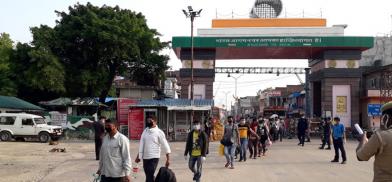
Compared to two months ago, there are no big crowds at the India-Nepal border these days. Although the border is supposed to be sealed, Nepalis still returning from India are not quarantined anymore, and this has raised fears that the mass spread of the virus in India could also affect Nepal.
Here at the checkpoint at Behaliya there are no longer big crowds waiting to be tested and the quarantine centres on both sides of the border are empty. Returnees are allowed to enter freely, their temperature is checked, and if they show no symptoms they can travel directly to their home districts for a two-week quarantine.
However, public health experts say that although the chaos at the border has been reduced, and the flow of returnees is also not as big as before, allowing people to travel to their home districts without tests risks the spread of the disease along the way.
“Earlier most of those who tested positive were asymptomatic, but in the past week the symptoms in patients tested in the border cities are all similar to those in Bihar and Uttar Pradesh,” says public health expert Rabindra Pandey.
He adds that earlier most of those testing positive in Nepal were asymptomatic, and recovered quickly. But in the past fortnight, there are many with severe COVID-19 symptoms in the border cities.
“This is proof that we have to be vigilant about the virus spreading to Nepal from people going back and forth across the border for trade or visits,” warns Pandey, “so far 95% of the confirmed cases in Nepal have a travel history of coming from India.”
The fear is that the disease could easily spread to other parts of Nepal since travel restrictions have been lifted within the country, and long-distance buses will be plying from 30 July.
A family of five was tested positive in Kathmandu Valley this week, and contact tracing showed that the daughter-in-law of the household had travelled from Sitamarhi in Bihar and spread it to her family. The border cities of Rajbiraj, Birganj, Inaruwa and parts of Biratnagar have been sealed off this week after an increase in patients with severe symptoms.
Lockdowns have been re-imposed in the Indian states of Bihar and Uttar Pradesh, but on Sunday there was busy movement of cargo trucks, traders and people crossing the checkpoint on foot. At present there are about 200 Nepalis entering the country daily from just the Behaliya checkpoint, a sharp drop from the thousands two months ago. Indian workers are allowed to re-entering Nepal if they have papers from the Home Ministry obtained by their employers.
Rupandehi CDO Mahadev Pantha says: “We record details of every Nepali entering, their temperature is taken, and the Nepal Army notifies their municipalities and they are driven to their home districts where they are supposed to isolate themselves for 14 days.”
Although there is some regulation at the main checkpoints, the India-Nepal border is open, and there are many places through which people can just walk back and forth. The Armed Police Force (APF) says it has posts every 1km along the Indian border, and in the past weeks there have been frequent clashes in Nawalparasi, Rautahat and Siraha districts when they have tried to stop people crossing over.
“There are lots of people sneaking in through rivers and fields coming across, there is no way we can control this unless we put up barbed wire,” says an AFP officer here.
The states bordering Nepal have seen a sharp rise in cases. By 26 July, Uttar Pradesh had 67,000 cases and 1,400 fatalities, Bihar had 36,400 cases and 232 deaths, and Uttarakhand showed 6,000 positive cases and 63 deaths. Cases have also been rising in the other state bordering Nepal, West Bengal, which by Monday had more than 60,000 confirmed cases and 1,372 deaths from COVID-19.
Uttar Pradesh saw its highest daily rise with 3,620 new cases on Sunday. Sikkim, another Indian state bordering Nepal to the east has recorded 500 cases, and on Sunday saw its first COVID-19 death.
The sharpest increase in new cases in the past week has been in Province 2, which has seven districts bordering Bihar in India. Chief Minister Lalbabu Raut announced over the weekend that border control would be made stricter, and he instructed all three security agencies to step up their vigilance.


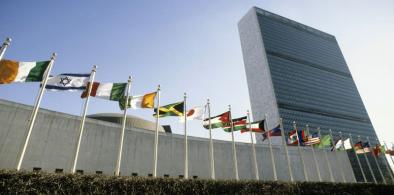


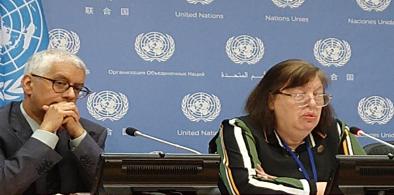

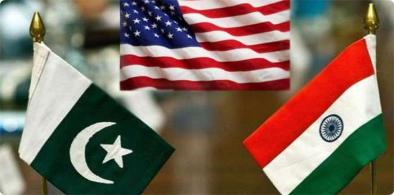
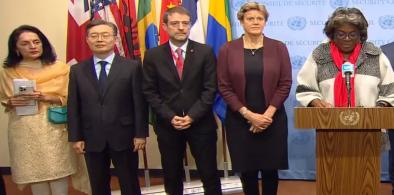







Post a Comment